If you can help us identify species with a *, please contact me at the email just above.
Note: many of the specimens have been deposited at the Field Museum in Chicago and loans of the material can be arranged through Janet Voight (voight@fmnh.org) or John Slapcinsky (Slapcin@fmnh.org)











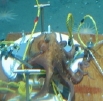
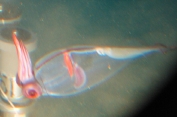


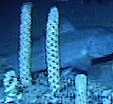 .
.



 .
.
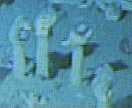
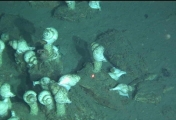
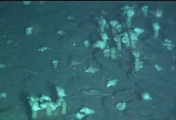
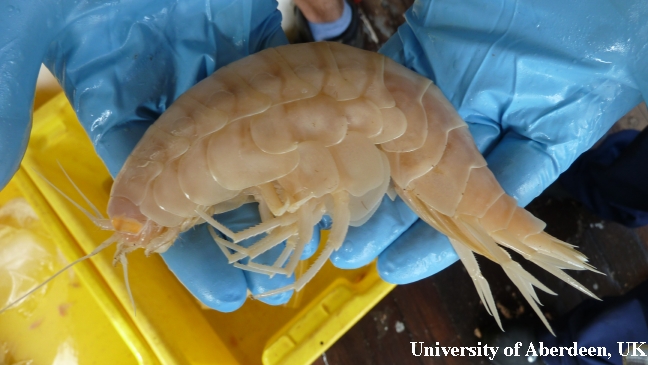
 .
.



